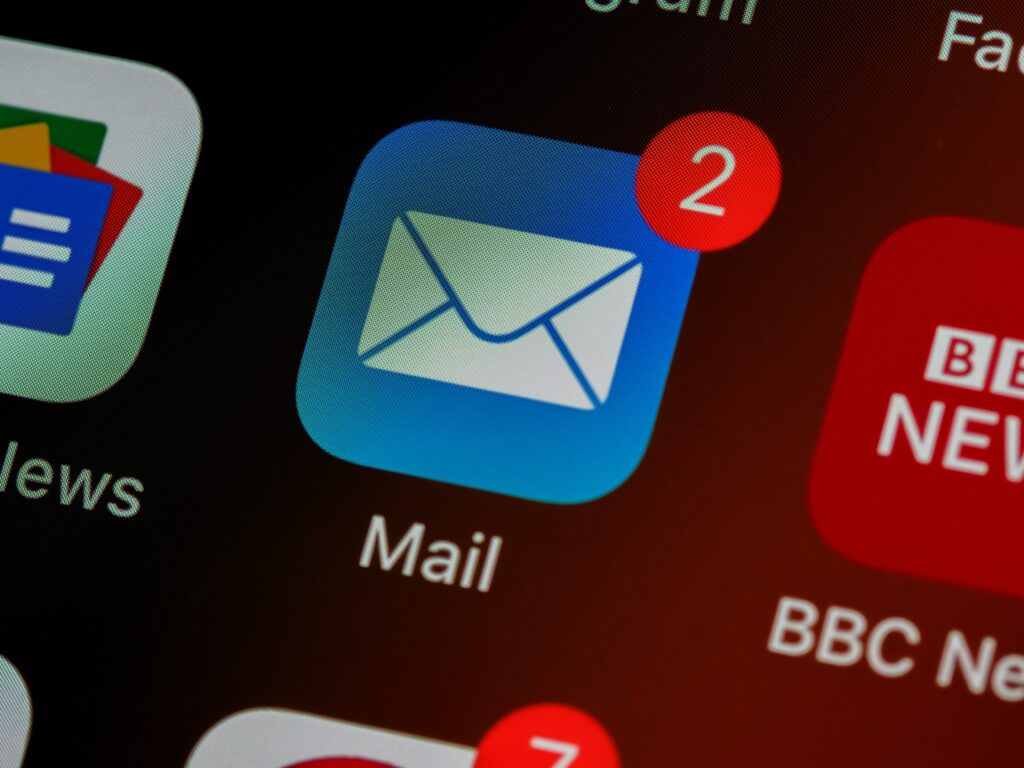Apple rolls out BIMI as part of iOS update

Apple recently released its iOS 16 update which will support BIMI (Brand Indicators for Message Identification), allowing brands to display their logos in the inboxes of subscribers. Apple’s decision to support BIMI echoes industry acceptance of the standard, with Google, Yahoo! Mail, AOL, Verizon, and Microsoft all currently supporting it.
BIMI will provide iPhone users with a greater level of trust when receiving emails, as they will be able to better recognise phishing and ransomware attacks due to the unique logo of the company displayed within the email. For businesses, this means customers will come to recognise and trust their logo and improve open rates, which have been difficult to measure since Apple’s Mail Privacy Protection (MPP) was introduced in September 2021.
Guy Hanson, VP of customer engagement at Validity, believes that Apple’s introduction of MPP and BIMI will significantly impact the way consumers and brands address email:
“Essential to email marketing success is emails being opened. However, according to research from the Data & Marketing Association (DMA), open rates are now being heavily inflated by Apple’s MPP. It doesn’t mean open rates have become less important, but it does mean the ability to measure whether they are successful has become more difficult. Going forward, brands need to be more intentional about making sure opens happen regardless of being able to measure them. Research shows consumer recognition of/trust in email senders is the single biggest driver of their willingness to open marketing emails. BIMI is proving to be a game-changer in helping achieve this, particularly because the underlying authentication technology makes recognising phishing or ransomware attacks much easier for consumers.
“Furthermore, the arrival of MPP has also seen email senders become far more focused on click-optimisation, making sure their call to actions are prominent, descriptive, and easy to use. The importance for this lies not just in driving more traffic, but in generating additional engagement signals that can be used to inform established best practices like recency management and list hygiene. It provides a strong use case for using advanced design and content functionality, and that also extends to most effective use of language, as well as more sophisticated testing practices. There will also be positive spin-off benefits for accessibility because many of these tactics are also best practices when it comes to designing emails for impaired or less tech-savvy subscribers.”





